November 15, 2024 | Regulatory Insights | Author: Neel Parmar
For a successful FDA submission in the US medical device industry, demonstrating the safety and efficacy of your product is not just important—it’s essential. A critical component of this process is the Risk Assessment, a systematic approach to risk management that helps determine very early in the regulatory application process the potential risks and whether additional clinical or non-clinical studies are necessary before submitting your device for FDA approval. Properly conducting and implementing risk assessments can streamline your regulatory journey, save valuable resources, and ultimately expedite the time it takes to bring a safe product to market.
Defining Risk Management
Risk management is a structured, systematic process that plays a critical role in ensuring the safety, efficacy, and regulatory compliance of medical devices. It involves a series of coordinated activities designed to identify, evaluate, and control potential risks that could arise throughout the lifecycle of a medical device—from its initial design and development to its use in the clinical setting and eventual market withdrawal.
At its core, risk management is about anticipating and mitigating potential issues before they can impact the safety and performance of a medical device. This proactive approach is not only essential for regulatory compliance but also for protecting users from harm.
ISO 14971: Global Standard of Risk Management
ISO 14971 is the foundation of medical device risk management as it sets forth the standards and guidelines to detect, assess and reduce risks across the lifecycle of a device. Medical device companies should comply with the standards set by ISO 14971 to validate the safety & efficacy of the products they manufacture because it offers a methodical approach to risk management from early-phase development to post-market activities. Adhering to ISO 14971 not only improves patient safety but also expedites regulatory approval procedures. Companies that incorporate ISO 14971 into their device lifecycle will be able to recognize problems early on, reduce the chances of recalls, and strengthen user & regulatory confidence.
Early-Stage Risk Assessment in Regulatory Application Development
Risk management is essential in medical device development especially in the early phases when safety and compliance are being established. Involving an objective regulatory consultant early in the process helps to ensure that such risks are recognized & addressed before they can affect the mechanism of the device or its regulatory approval.
- Design and Development:
- Early risk assessments play an important role in identifying potential risks related to the device during its developmental phase. By performing techniques like failure mode analysis and comprehensive design reviews risks can be identified & mitigated before they start impeding the lifecycle of a device. Implementing such strategies leads to compliance of the device design with all relevant guidance & regulations set forth by regulatory bodies resulting in a stronger base for future development & regulatory approval.
- Preclinical and Clinical Testing:
- Such type of testing is always helpful in evaluating that design controls are working as intended and that the device is safe to function in a real-world setting. Performing in-depth risk assessments during these studies assists in the identification of any unforeseen problems that a company might be oblivious about in the design stage. Conducting these studies in line with regulatory guidelines from the very start decreases the chances of unnecessary delays and additional testing requirements while also facilitating a more seamless regulatory submission.
- Manufacturing Process Development and Validation:
- Once the testing requirements are fulfilled and the device moves into the manufacturing stage, performing an early risk assessment will ensure that any potential risk related to the manufacturing process is identified and mitigated. These risks include consistency of materials, stability of the manufacturing equipment and process, manufacturing environment and that good manufacturing practices are being followed. Addressing these factors early in the lifecycle helps maintain consistency in the quality of the product and ensures that the device can be manufactured at scale while adhering to regulatory standards.
Importance of Early Risk Assessments and the Role of Regulatory Consultants
Early-stage risk assessments are a cornerstone of medical device development as they facilitate safety, compliance, and seamless regulatory approval. Engaging regulatory consultants early on to conduct risk assessments provides a significant advantage for a company as they are experts in identifying and mitigating risks which can, if not countered, lead to hurdles in obtaining regulatory approval. Here is how regulatory consultants add value:
- Increased Safety & Compliance:
- Regulatory consultants can identify potential risks early and can provide the most optimal mitigation strategies which are in alignment with the current regulatory standards. By implementing these strategies, they make sure that the device meets all safety and regulatory requirements.
- Cost Savings:
- Costly redesigns and recalls can be prevented by an early risk assessment. Consultants assist in streamlining the process by optimizing resource allocations and minimizing chances of non-compliance with regulatory standards leading to significant financial savings.
- Improved Product Quality:
- To comply with current regulatory standards a consultant has to conduct thorough design reviews and assess the usability of the products which results in a better-quality product that has an improved performance and meets the needs of its customer effectively.
- Streamlined Regulatory Submissions:
- Regulatory consultants guide the preparation of regulatory submissions and have experience in ensuring that each document meets the expectation of a regulatory body. This leads to faster approval times and fewer rejections.
Real World Example: Home Peritoneal Dialysis System
A healthcare company developed a Peritoneal dialysis system intended to be used at home by patients. During early phase development the company’s regulatory team identified a potential risk of device malfunction. As the device is intended to be used without any medical supervision, this risk of malfunction is highly critical. This discovery led to implementation of risk mitigation strategies such as automated monitoring systems and user-centric design features. Usability testing was also done for the device. By performing an early-stage risk assessment, the company was able to identify and mitigate risks which could have turned out to be very costly and time consuming if gone unnoticed. This risk management procedure implemented by the company led to a successful 510(k) submission, with this device being highly recognized for its safety and reliability.
Conclusion
In the highly regulated medical device industry, risk assessments are not just a regulatory requirement—they are a crucial step in ensuring the safety and efficacy of your product. A well-conducted risk assessment will greatly increase your chances of submitting a successful FDA application by carefully assessing potential risks, directing relevant investigations, and supporting your regulatory submissions. Bringing safer products to market more quickly is possible if you work with a regulatory expert to further streamline this process and make sure you meet all regulatory criteria successfully and efficiently.

Neel Parmar
Regulatory Writer
A member of Accorto’s Regulatory Writing Team, Neel recently graduated from Northeastern University with a Master of Science in Regulatory Affairs. His academic foundation was enriched by specialized coursework in regulatory compliance, strategic product lifecycle management, and advanced regulatory writing, preparing him to excel in complex regulatory documentation environments. Before his role at Accorto, Neel cultivated valuable experience as part of the team at Interscope Inc., contributing to the transition of a Class IIA medical device from MDD to MDR compliance. His role involved supporting the creation of critical regulatory documents and participating in comprehensive gap analyses to ensure alignment with MDR requirements.


